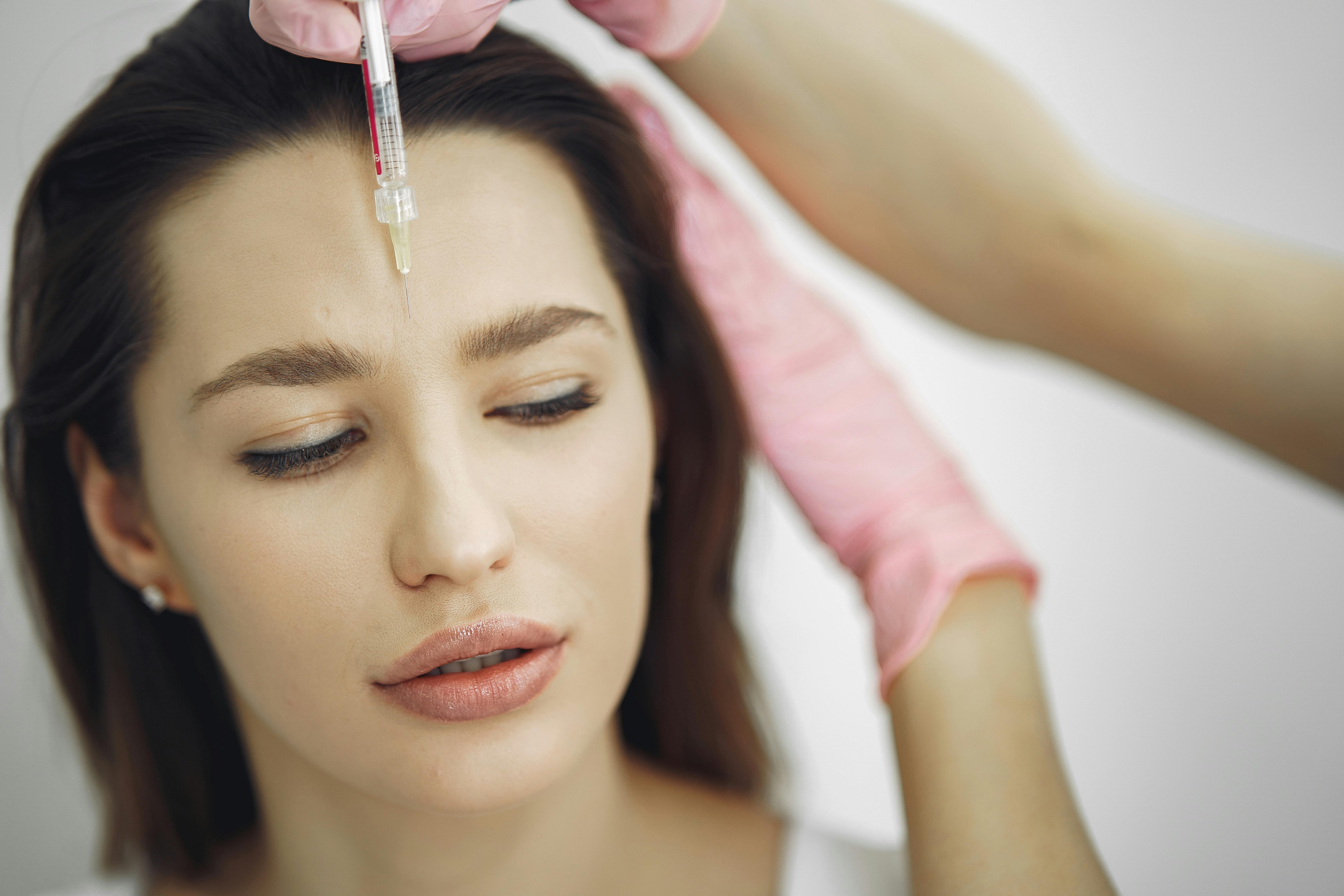Platelet-Rich Plasma: A Game-Changer in Skin Rejuvenation
Platelet-rich plasma (PRP) therapy has emerged as a revolutionary treatment in the field of dermatology and aesthetic medicine. This innovative procedure harnesses the body's natural healing processes to rejuvenate skin, promote hair growth, and address various skin concerns. By utilizing a concentrated form of platelets derived from the patient's own blood, PRP therapy offers a personalized approach to skin and hair care that has garnered significant attention from both medical professionals and beauty enthusiasts. As the demand for non-invasive cosmetic treatments continues to rise, PRP has positioned itself as a versatile and effective option for those seeking natural-looking results without the need for surgery or synthetic fillers.

Platelets are best known for their role in blood clotting, but they also contain hundreds of proteins called growth factors. These growth factors are crucial in the healing process and can stimulate cell growth, collagen production, and tissue repair. When injected into specific areas of the skin or scalp, PRP can accelerate the body’s natural regenerative processes.
Applications in Skincare
In the realm of skincare, PRP therapy has shown promising results for a variety of concerns. One of the most popular applications is in the treatment of fine lines and wrinkles. The growth factors in PRP stimulate collagen production, which can help to plump and tighten the skin, reducing the appearance of aging.
PRP has also been used to improve skin texture and tone. Patients with acne scars, sun damage, or uneven pigmentation have reported significant improvements after undergoing PRP treatments. The therapy can help to smooth out rough patches and promote a more even skin tone by encouraging the growth of new, healthy skin cells.
Another exciting application of PRP in skincare is its potential to accelerate wound healing. Studies have shown that PRP can expedite the healing process for surgical incisions and chronic wounds, making it a valuable tool in post-operative care and the treatment of conditions like diabetic ulcers.
PRP for Hair Restoration
Beyond its applications in skincare, PRP has gained traction as a treatment for hair loss. Male and female pattern baldness, also known as androgenetic alopecia, affects millions of people worldwide. Traditional treatments have included medications like minoxidil and finasteride, as well as hair transplant surgery. PRP offers a middle ground between these options, providing a minimally invasive approach to hair restoration.
When injected into the scalp, the growth factors in PRP can stimulate dormant hair follicles, encouraging them to enter an active growth phase. This can lead to increased hair thickness and density in areas experiencing thinning. PRP for hair restoration typically requires a series of treatments spaced several weeks apart, with maintenance sessions recommended to sustain the results.
The Treatment Process
A typical PRP treatment session begins with the blood draw, usually about 30 milliliters. While the blood is being processed in the centrifuge, the treatment area is cleaned and may be numbed with a topical anesthetic. Once the PRP is ready, it is injected into the targeted areas using very fine needles.
The entire process usually takes about an hour, making it a convenient option for those with busy schedules. Patients can typically return to their normal activities immediately after treatment, although some may experience mild redness or swelling at the injection sites for a day or two.
Safety and Side Effects
One of the major advantages of PRP therapy is its safety profile. Because the treatment uses the patient’s own blood, there is virtually no risk of allergic reaction or rejection. The most common side effects are temporary and mild, including bruising, swelling, and redness at the injection sites.
However, as with any medical procedure, there are potential risks. These can include infection at the injection site, nerve injuries, and the formation of scar tissue. It’s crucial for patients to seek treatment from qualified medical professionals who follow proper sterilization and injection techniques to minimize these risks.
The Evolution of PRP in Aesthetic Medicine
The use of PRP in aesthetic medicine has its roots in sports medicine and orthopedics, where it has been used for years to treat injuries in athletes. As researchers began to understand the potential of PRP for tissue regeneration, its applications expanded into dermatology and cosmetic procedures.
In recent years, there has been a surge in clinical studies examining the efficacy of PRP for various skin and hair concerns. While more research is needed to fully understand the long-term effects and optimal treatment protocols, many studies have shown promising results, particularly in the areas of skin rejuvenation and hair restoration.
Combining PRP with Other Treatments
One of the exciting aspects of PRP therapy is its ability to complement other aesthetic treatments. Many practitioners are combining PRP with microneedling, a procedure that creates tiny punctures in the skin to stimulate collagen production. The combination of microneedling with PRP application can enhance the overall results, as the microchannels created by the needles allow for deeper penetration of the growth factors.
PRP is also being used in conjunction with laser treatments, dermal fillers, and even fat grafting procedures. These combination therapies aim to provide more comprehensive rejuvenation by addressing multiple aspects of aging simultaneously.
The Future of PRP in Skin and Hair Care
As research continues and technology advances, the future of PRP in skin and hair care looks promising. Scientists are exploring ways to further concentrate and isolate specific growth factors to target particular concerns more effectively. There is also ongoing research into the potential of PRP for treating more severe skin conditions, such as vitiligo and certain types of alopecia.
Additionally, the development of standardized protocols for PRP preparation and administration could lead to more consistent results across different practitioners and clinics. This standardization could help to establish PRP as a more widely accepted and utilized treatment option in mainstream dermatology and aesthetic medicine.
In conclusion, platelet-rich plasma therapy represents a significant advancement in the field of skin and hair care. By harnessing the body’s own healing mechanisms, PRP offers a natural approach to addressing a wide range of aesthetic concerns. As research progresses and techniques are refined, PRP is likely to play an increasingly important role in the future of regenerative aesthetics, providing patients with safe, effective, and personalized treatment options.




